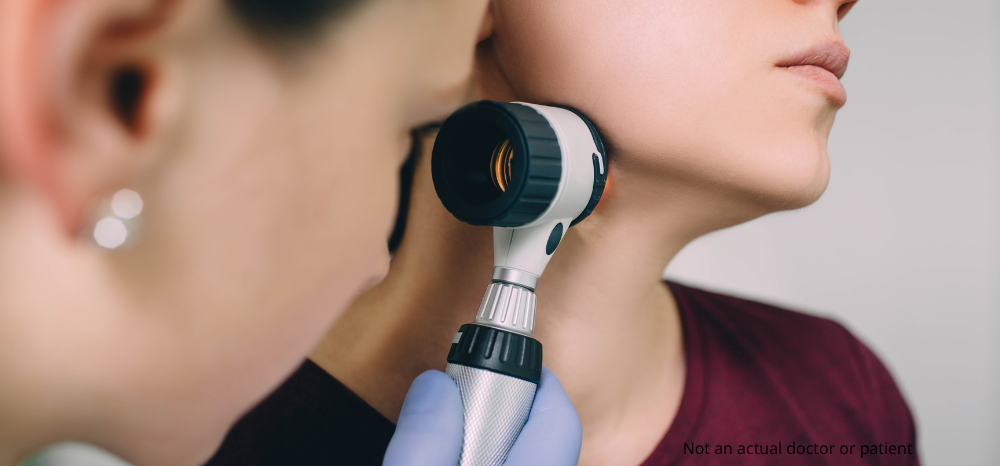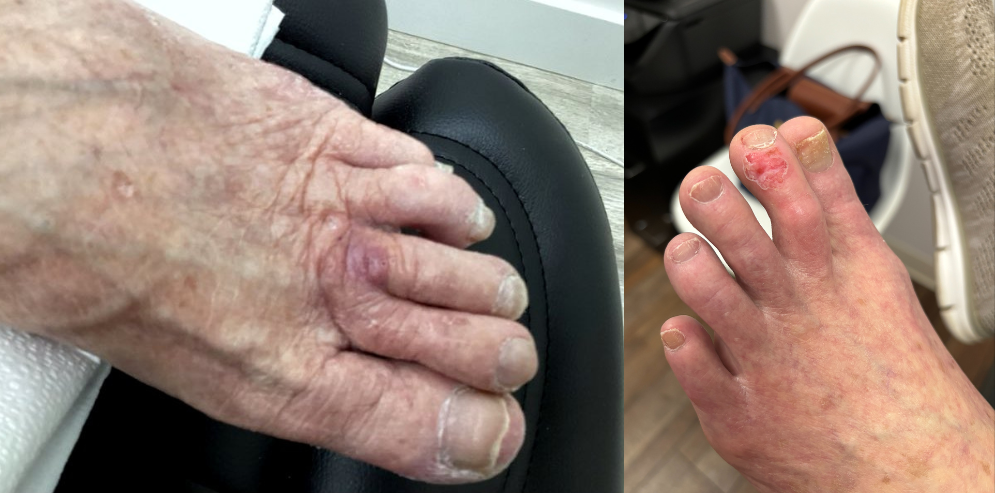
A skin cancer screening is a visual examination of your skin performed by a medical professional. During a full-body screening, your entire body is checked for suspicious-looking spots that could be cancerous. For both men and women, skin cancer screenings are an essential part of detecting cancer in the early stages, and can even help prevent future skin cancer by pointing out precancerous lesions.
Adults are recommended to have a full-body skin exam at least once per year, and possibly more often if you are known to be at a higher risk for skin cancer. If you have never had a full-body skin cancer screening, what to expect during your appointment may be weighing heavy on your mind. You can find information about how annual skin cancer exams work down below, as well as some tips for how you can prepare for your appointment beforehand.
What Happens During the Exam?
For a full-body exam, the patient will need to undress and put on the gown or sheet provided to them. The exam typically takes around 15 to 30 minutes to complete. During the screening, your doctor will examine your body from head to toe, focusing on areas like your scalp, ears, face, neck, chest, abdomen, back, buttocks, extremities, in-between your fingers, toes, ankles, and possibly the inside of your lips. If the doctor needs to view a spot in greater detail, they may use a magnifying tool with a light attached – a dermoscope – to do so.
What Happens if a Suspicious Spot Is Found?
If your doctor finds a suspicious-looking spot, they may want to take a photo of it and perform a biopsy. A biopsy is a simple procedure that can usually be performed the same day during your appointment. Here’s how it works:
- The area of skin with the lesion is cleaned, and then injected with anesthesia to numb it
- A blade or scalpel is used to get a sample of the skin cells
- The sample is sent to a lab for testing
A skin biopsy should be a painless procedure; you may just feel a small pinch when the anesthesia is administered. When your doctor receives the results of your biopsy, they will contact you to share the information with you and discuss the next steps if treatment is required.
What Can You Do Before Your Appointment?
A skin cancer screening is nothing to fret about, but there are some simple steps you can take before your appointment to help things go more smoothly:
- If there are any specific spots you are concerned about, make a note of them and mention it to your doctor before they start the exam.
- Remove any makeup prior to your appointment.
- Any bandages, braces, etc. that are able to be removed for the exam should be removed.
- Remove all jewelry.
Who Should Get Skin Cancer Screenings?
Annual skin exams are considered prudent for all adults but are especially important if one or more of the following relate to you:
- A history of melanoma or non-melanoma skin cancers like squamous cell skin cancer or basal cell skin cancer
- A first-degree family history of melanoma
- Many moles on the skin or a history of changing moles
- A history of regular sun exposure and/or sun damage
Start Exploring Treatment Options
If a biopsy was taken during your appointment and it tests positive for skin cancer, your doctor will discuss your treatment options with you. Still, you may want to do some research beforehand to ease your mind. If you are interested in surgery-free treatment methods, an increasingly popular option for basal cell and squamous cell skin cancers is Image-Guided SRT. For more information on how Image-Guided SRT works, please call GentleCure at 855-936-4411 to speak with a skin cancer information specialist.








